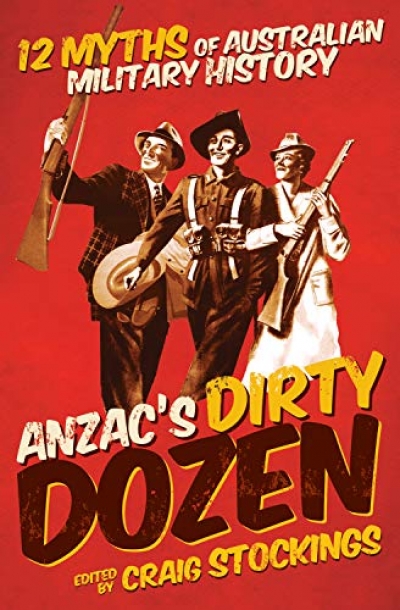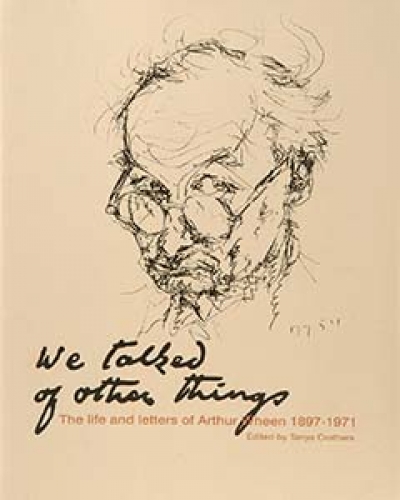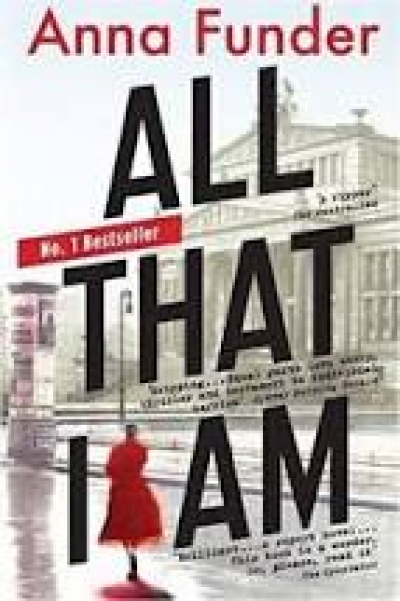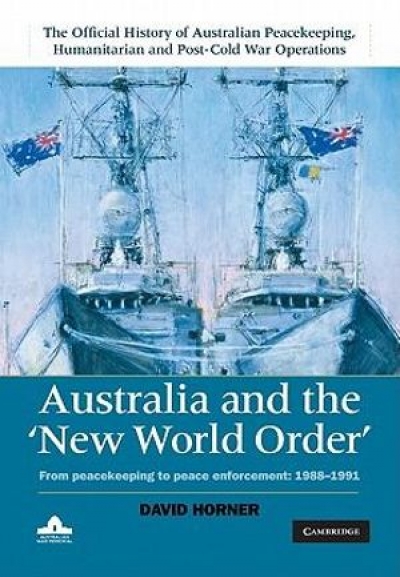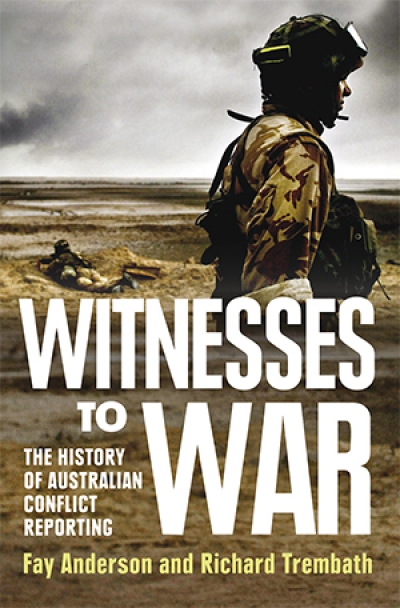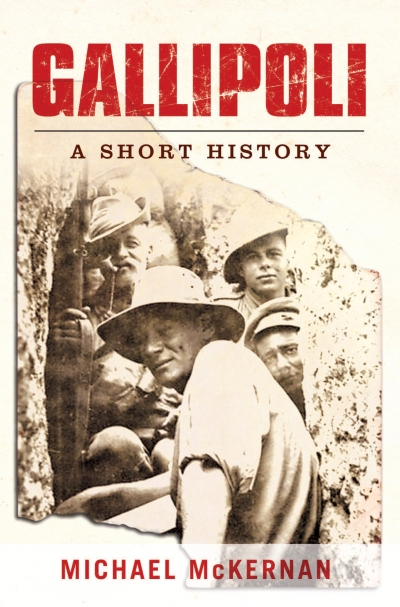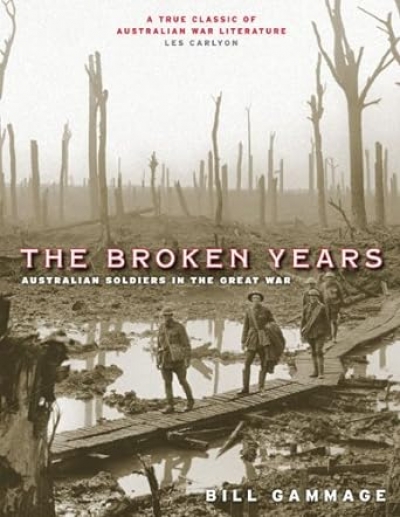World War I
Anzac’s Dirty Dozen: 12 Myths of Australian Military History edited by Craig Stockings
by Robin Prior •
We Talked of Other Things: The life and letters of Arthur Wheen 1897–1971 edited by Tanya Crothers
by Graeme Powell •
The Penguin Book of Australian War Writing edited by Mark Dapin
by David Day •
Australian Historical Studies, Volume 41, Issue 2 edited by Richard Broome and Dianne Kirkby
by Lyndon Megarrity •
Australia and the ‘New World Order’: From Peacekeeping to Peace Enforcement: 1988–1991 by David Horner
by Peter Edwards •
Witnesses to War: The History of Australian Conflict Reporting by Fay Anderson and Richard Trembath
by Jill Jolliffe •
Gallipoli: A Short History by Michael McKernan & Pozières: The Anzac Story by Scott Bennett
by Robin Prior •
Crack Hardy: From Gallipoli to Flanders to the Somme, the True Story of Three Australian Brothers at War by Stephen Dando-Collins
by Stephen Mansfield •
The Broken Years: Australian soldiers in the Great War by Bill Gammage
by Peter Pierce •

